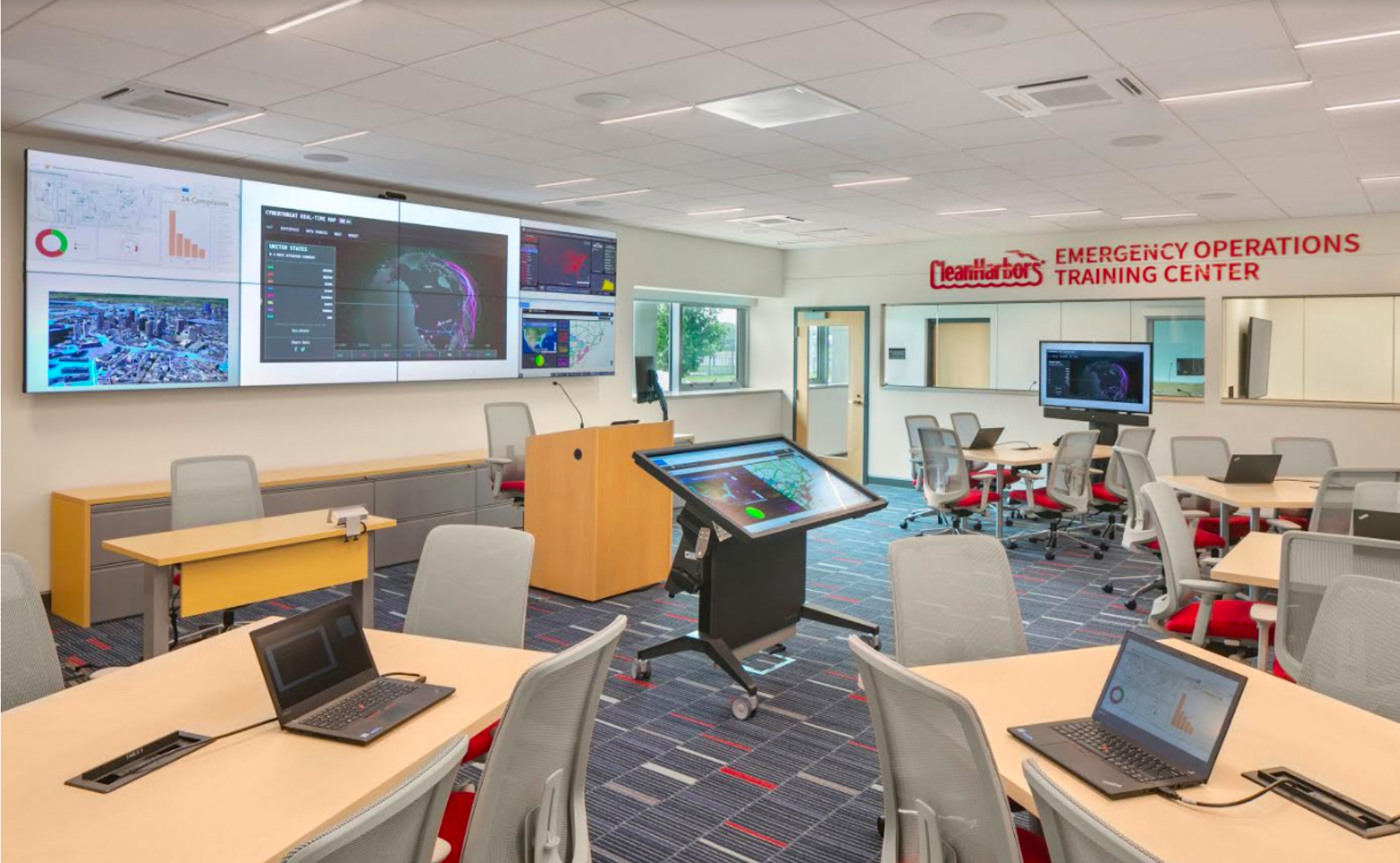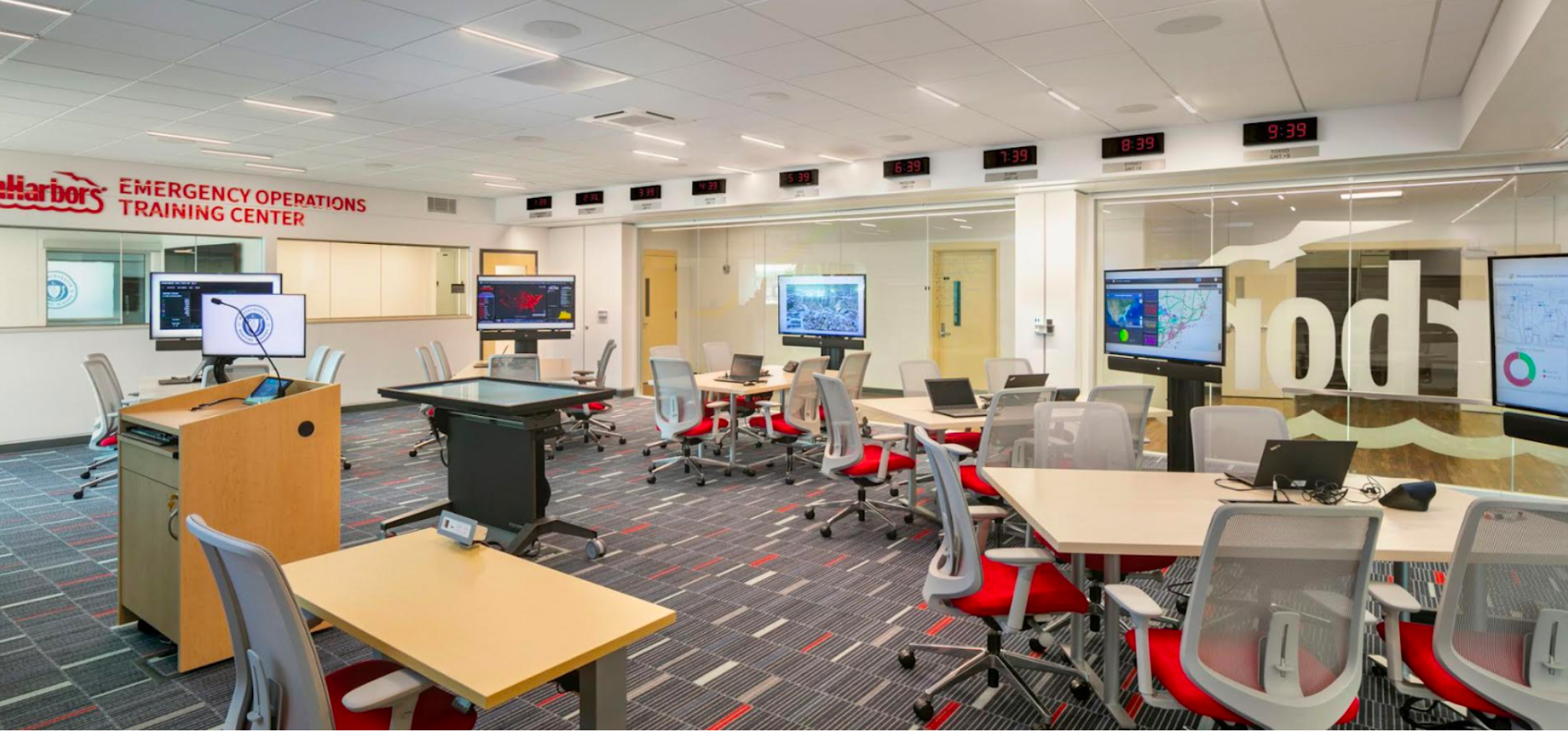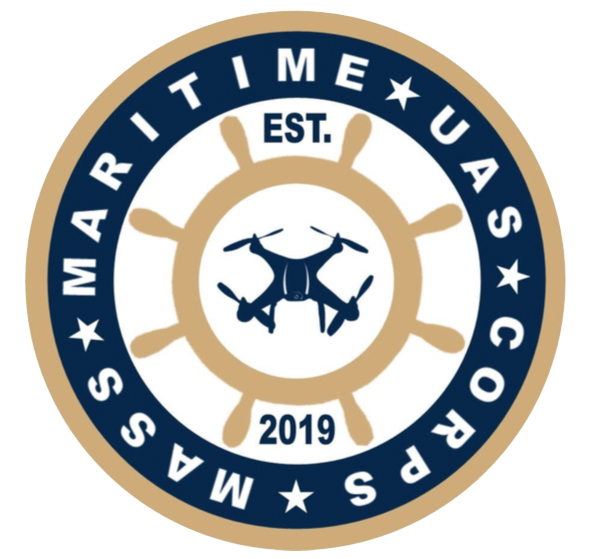Menu toggle
Technology as a Differentiator
Emergency Management
Massachusetts Maritime’s Emergency Management department is continuing to build on a rich legacy of technology-based education. Our goal is to be known as one of the top technology-focused EM programs in the country, and for our graduates to be recognized as emergent technology-focused practitioners. Several new initiatives are underway that are intended to expand our students’ technological experiences and world view. Here is a sampling:
Expanding and Embedding Emergent Technologies in Our Curriculum
While our courses will continue to teach the “legacy” technologies of EM (e.g., ALOHA, CAMEO, HAZUS, MARPLOT, WebEOC, etc.), we are rigorously introducing next generation technologies such as ArcGIS Online, Crimemapping.com; Digital Humanitarian Network; Disaster Alert; Facebook Crisis; GeoMAC, Global Hawk; Global Hazards Information Network (GHIN); Global Terrorism Database; Humanitarian OpenStreetMap (HOT); HumanitarianResponse.info; InaSAFE; Landsat; ReliefWeb; Scan Eagle; Story Maps; ThinkHazard!; USDA Active Fire Mapping; and World Bank Open Learning Campus. We are especially focused on emerging social media and crowdsourcing-based technologies, and UAS technologies. We are currently in the design stage of introducing new courses in those areas.
Unmanned Aerial Systems (UAS) Corps
Massachusetts Maritime Academy's UAS Corps (established 2019) is a student-governed organization that provides Emergency Management majors an opportunity to learn about UAS capabilities, operations, principles, and FAA regulations, as well as apply those lessons through support operations with local emergency management agencies.
New Emergency Operations Training Center (EOTC)
For decades, Massachusetts Maritime has been highly regarded for its use of ship and radar simulators to educate merchant mariners. Our Emergency Management department is continuing that legacy. MMA is investing 1.6M dollars in our new EOTC. The new EOTC is the backbone of our new technologies initiative, providing students with the opportunity to apply both legacy technologies and emerging technologies in a near real-world environment. Students apply tactical and strategic decision making, use emergency response applications to establish and maintain response organizations and execute decision making processes involving representatives of multiple agencies, elected officials, the private sector, technical experts and volunteer organizations. It enhances the undergraduate and graduate curriculum and reinforces the Academy as a professional center of excellence for EM in New England.


